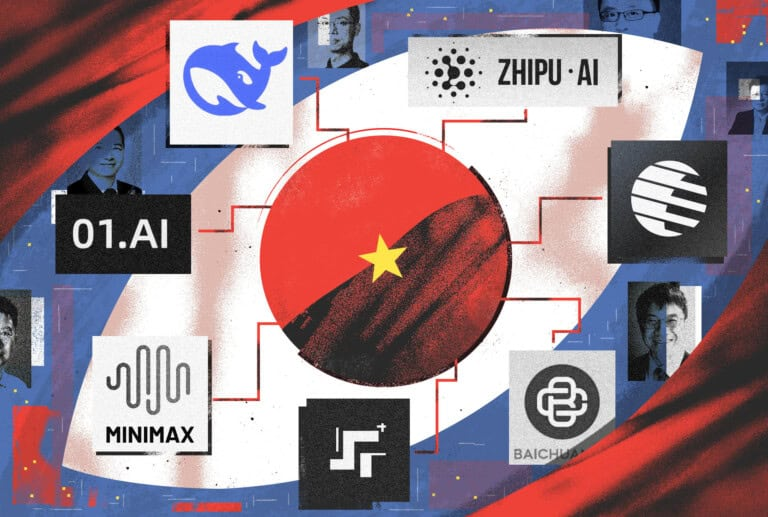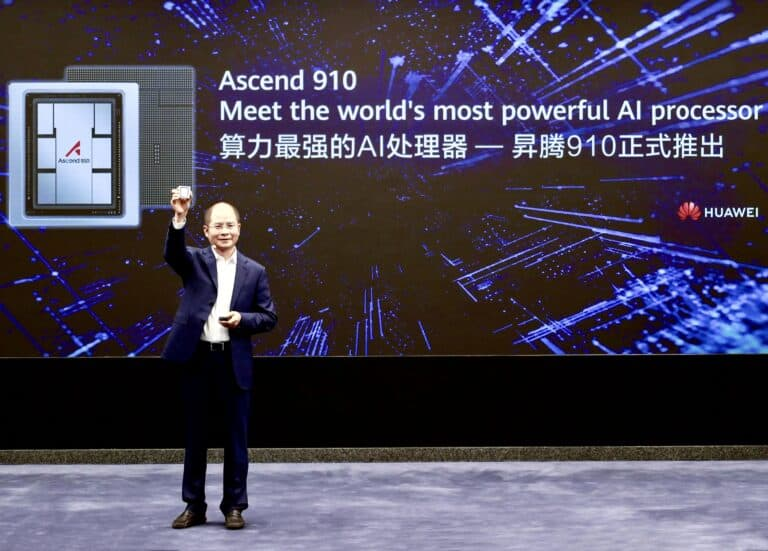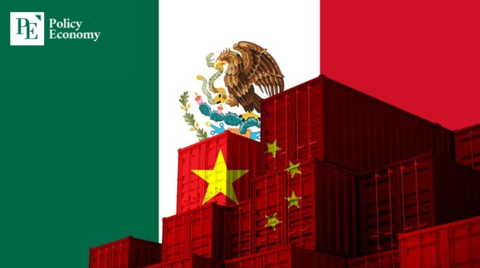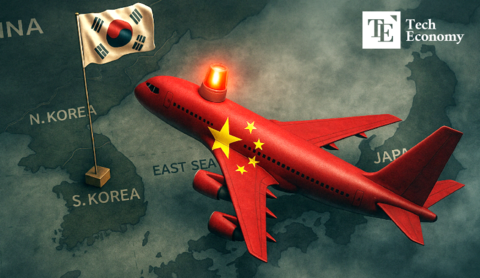CXMT of China speeds up HBM production, posing a threat to SK Hynix and Samsung in the memory industry.
Input
Changed
China's rapid advancements in high-bandwidth memory (HBM), DRAM, and NAND flash have become a growing concern for the Korean and U.S. semiconductor industries. Once significantly behind, Chinese semiconductor manufacturers, particularly Changxin Memory Technologies (CXMT), have made remarkable progress, challenging the dominance of South Korean giants Samsung Electronics and SK hynix. Initially underestimated, CXMT's advancements in HBM2, DRAM, and NAND are now intensifying global competition, with experts predicting China could reach self-sufficiency in HBM2 by 2025. This rapid development has also raised alarms in the U.S., where policymakers are re-evaluating the effectiveness of export controls designed to slow China's semiconductor progress. In December 2024, many believed China would only produce low-quality chips, but the reality has proven otherwise, demonstrating that the initial assumptions were naive. Chinese institutions have now surpassed Korea in HBM research, publishing more than twice as many academic papers in the field, and domestic manufacturers have successfully delivered HBM2 chips to major technology firms such as Huawei.

China's unrelenting investment in research and development is shrinking the technology gap, which was previously projected to be ten years long, even while Korea continues to dominate mass manufacturing. The worldwide semiconductor market is changing due to CXMT's strong presence in DRAM and NAND, as well as its capacity to create HBM technology. China is putting itself in a position to compete at the highest levels in high-performance computing (HPC) and AI-driven computing as more Chinese companies engage in advanced semiconductor research and development. China wants to lessen its need on imports of semiconductors, especially from Korea and the United States, thus this shift is both technological and economic. The success of CXMT has shown that Chinese companies possess the government backing and technical know-how required to take on long-standing industry heavyweights.

In the meanwhile, the United States must make a crucial choice about how to handle export restrictions on semiconductors. Although the original goal was to limit China's capacity to produce chips and artificial intelligence, subsequent innovations—like DeepSeek's capacity to train a GPT-4-level model for a fraction of the price paid by American companies—indicate that the restrictions may be having the opposite effect. Instead of hindering China, these restrictions have fueled its ambition for independence, enabling it to establish a self-sufficient semiconductor industry. Smarter, more focused limits are needed, according to several experts, especially on AI deployment processors like Nvidia's H20. Others, however, think that such standards might already be outdated given China's quick rate of innovation. The current worry is that rather than slowing China's growth, the restrictions have encouraged more effective innovation.
As China continues its aggressive push into semiconductor development, it is becoming evident that Korean firms must shift towards high-value, specialized memory solutions to maintain their market leadership. South Korean chipmakers are now being forced to reassess their business strategies and explore ways to differentiate themselves from emerging Chinese competitors. The strategic response from Korea will likely involve heavy investments in next-generation memory solutions such as processing-in-memory (PIM) and compute express link (CXL), both of which have the potential to redefine the industry's future landscape. These technologies focus on improving AI computation efficiency and high-performance memory interconnects, areas where South Korea has the capability to maintain its leadership if it can maintain an edge in research and development.
Meanwhile, U.S. policymakers will need to carefully balance restrictions with innovation to maintain technological superiority without inadvertently pushing China further toward independent advancements. The rapid pace of development from Chinese semiconductor firms highlights the shifting global dynamics in technology and manufacturing, as South Korea and the U.S. navigate this evolving competition. For years, the assumption was that China would always lag behind in high-performance memory production, but the events of the past few years have proven otherwise, prompting urgent discussions about future strategies.
China’s progress in semiconductors also has broader geopolitical implications. The semiconductor industry is not just an economic battleground; it is also a critical component of national security. The U.S. has long relied on its ability to control advanced semiconductor technology as a means of maintaining strategic superiority. However, China’s rise in this field threatens to shift the balance of power. The ability to produce high-quality HBM, DRAM, and NAND chips means China is moving toward technological independence in one of the most critical industries of the future. If China succeeds in its semiconductor ambitions, it could diminish the effectiveness of U.S. sanctions and export controls, allowing Chinese companies to build AI models, supercomputers, and other advanced technologies without relying on Western supply chains.
This dramatic transformation raises significant questions about how the semiconductor industry will evolve over the next decade and how global leaders can adapt to an increasingly multipolar landscape in advanced technology. As CXMT and other Chinese firms aggressively expand their reach, competition in the memory semiconductor industry will intensify, pushing all major players to accelerate their own R&D efforts and refine their market strategies. The implications of China’s self-sufficiency in semiconductor manufacturing extend beyond commercial competition; they also pose geopolitical considerations that will shape global technology policies and alliances in the coming years. The acceleration of China’s semiconductor capabilities underscores the necessity for strategic shifts in both corporate and government approaches to innovation, trade policy, and competitive positioning in this critical industry.
As the global technology race heats up, the responses from South Korea, the U.S., and other market leaders will determine the balance of power in the semiconductor sector for years to come. The key for South Korea and the U.S. will be to continue pushing the boundaries of technological innovation, ensuring that they stay ahead in the competition while also securing stable supply chains and international partnerships. If China maintains its current trajectory, it is poised to become a formidable force in the global semiconductor industry, reshaping market dynamics and challenging the longstanding dominance of Korea and the U.S. in the memory chip industry. The next few years will be critical in determining whether Korea and the U.S. can maintain their competitive advantages or whether China will cement its place as a dominant force in the world of semiconductors.





















